It's monsoon time and could we resort to these weather reporters for our daily forecast? Let's find out!
Animals keep surprising us. We know a lot about them already, but can they also be weather predictors? Animal forecasting folklore goes back in time when our ancestors watched animal behaviour to predict rains and storms. Before weather forecasting apps and software, we had our beloved animals — like cows, groundhogs, donkeys, birds, and even fish — determine what kind of weather to expect. Their prognostication skills give us just another reason to pay attention to them!
Here are some fantastic animals as weather reports:
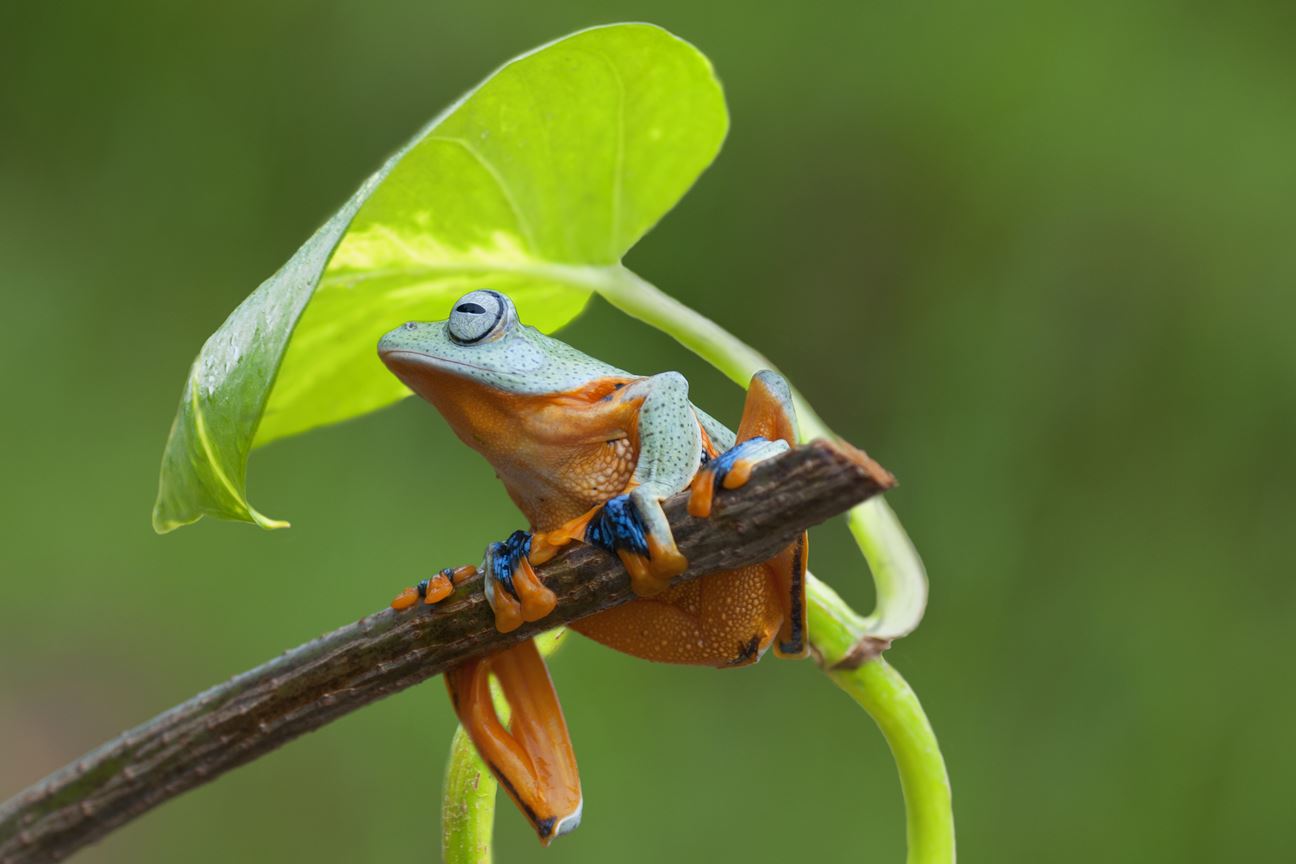
Frogs and various waterfowl, including ducks and geese, are known to forecast rainfall. But is that just folklore or their association with water actually helps them predict rain on the horizon? Frogs, especially, are known to get louder when there is rain approaching. It is believed that their calls become annoyingly noisy in a frantic attempt to attract a female to mate. Frogs will inherently lay eggs in a water body. Rains mean more freshwater pools and thus, a greater chance for the little frogs to thrive. Ducks quack more when it is about to rain. While some people believe that when geese walk ‘south to north,’ it is sure to rain.
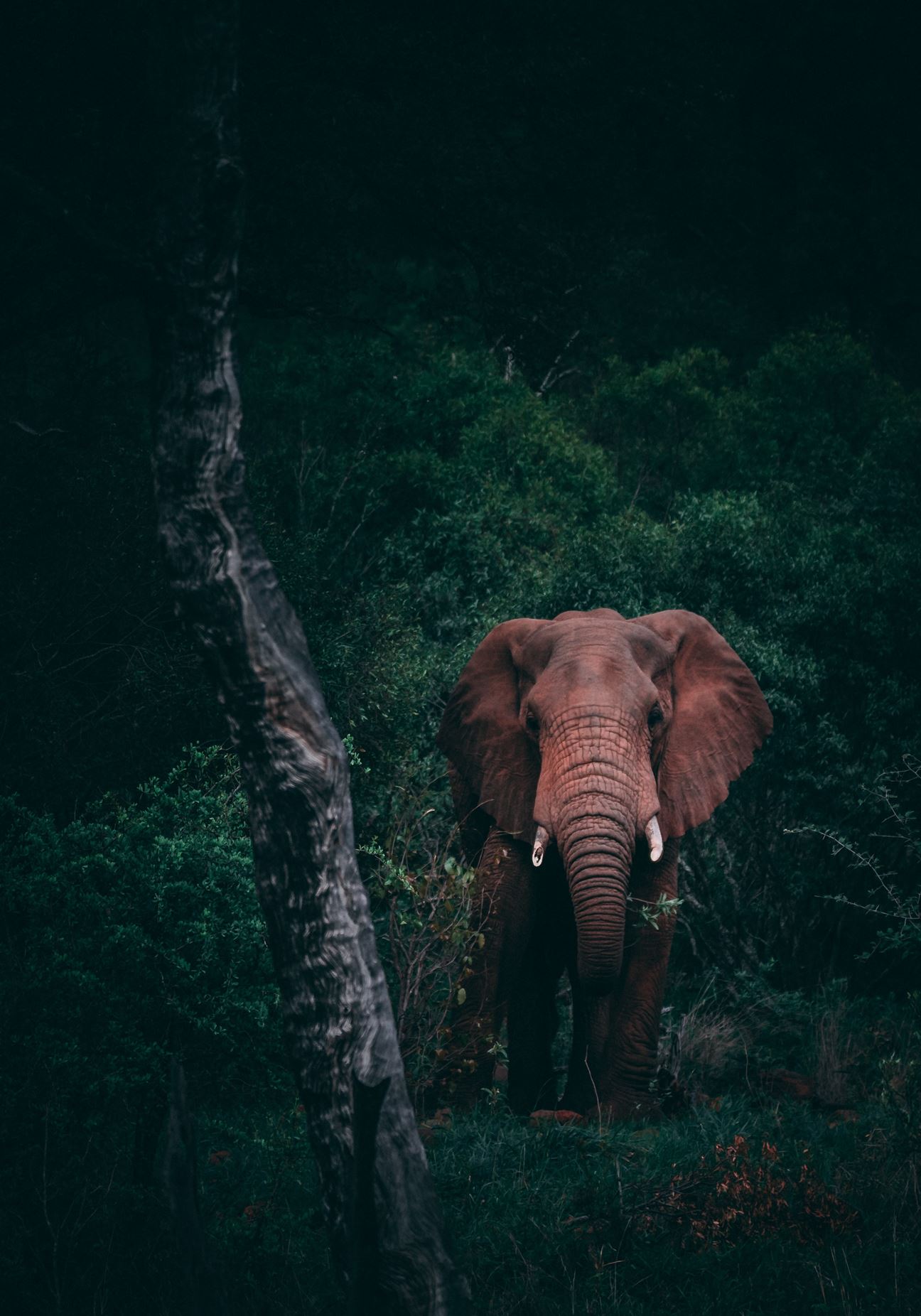
They are highly intelligent, but did you know an elephant’s radar-like sense can predict storms as far as 200 kilometres? This impressive talent is a result of elephants’ excellent hearing abilities. While they may seem like the loudest animals on earth, they communicate with each other using very low-frequency sounds. They can hear low-frequency rumbles anywhere from 5 to 16 Hz, much lower than us humans. When thunderstorms arrive, a signature low-frequency sound is produced that alerts the elephants of the oncoming rains. A few researchers have observed that when elephants sense rain, they change directions and speed to meet the oncoming storms.

Cows lie down when it is about to rain. Now, this could very well be yet another folktale, but there are a few theories that almost seem plausible. One theory states that our beloved bovine friends can sense the change in the atmospheric pressure and hence lie down to keep a patch of cow pasture dry. Smart! Another theory suggests that a cow's stomach is sensitive to atmospheric pressure and a sudden drop in pressure makes them feel uneasy and hence they lie down. Yet another theory says that as the humidity builds up in the air, cow’s legs can no longer support their weight as legs absorb the ambient moisture. Whether these theories prove true or not, it has been a consensus that cows lay down when it is about to rain.
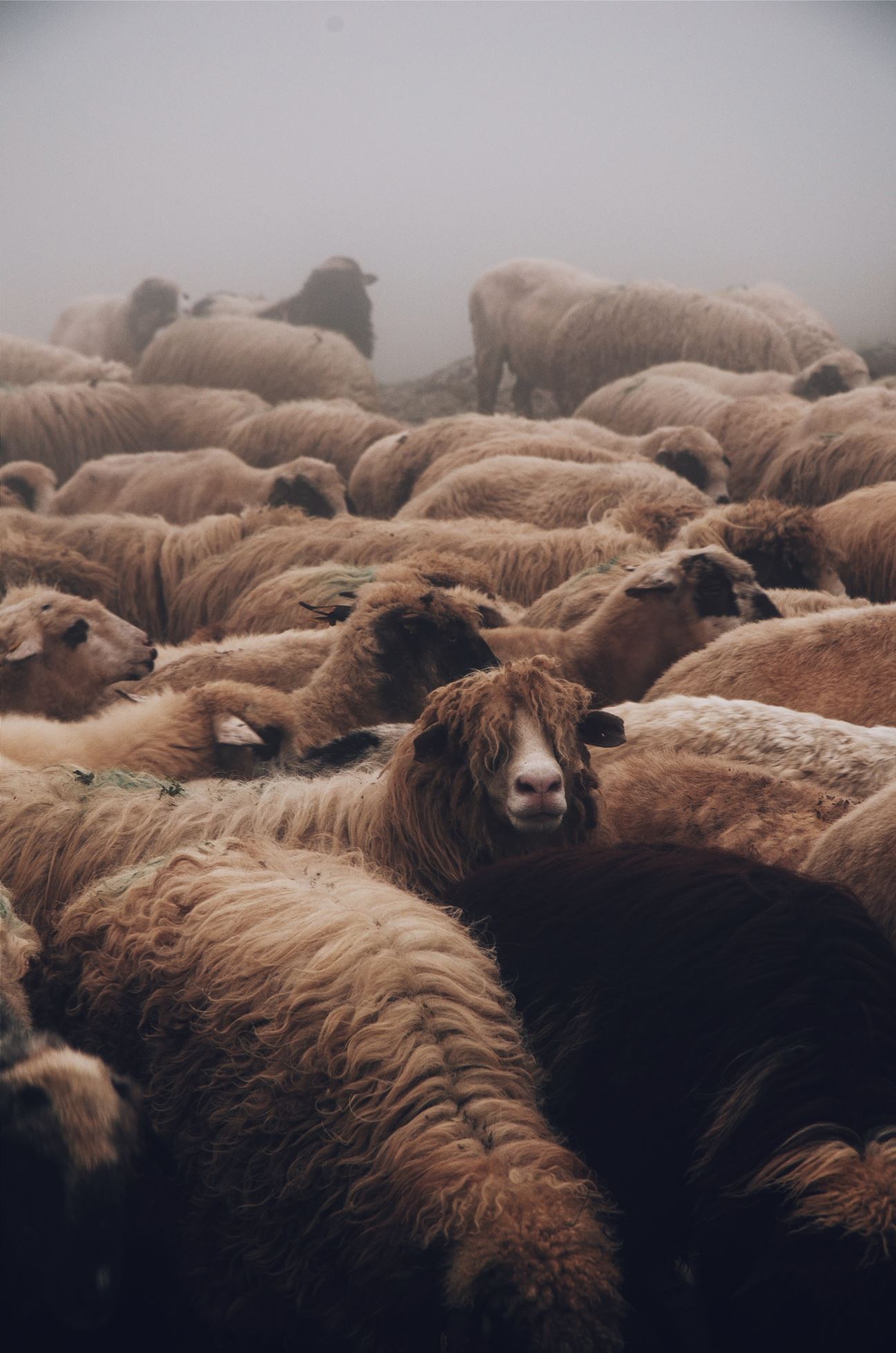
Most animals are thought to have a sixth sense that can foresee a change in weather, and sheep are no different. When sheep start to gather together in tightly packed groups, know that there is potential rain coming. This may sound silly, but it is widely believed that rain would follow the next day if the sheep would begin to urinate more in their pen. Another way to know if it is going to rain is if sheep are found to shake themselves dry even when it is not yet raining. If sheep start to headbutt each other (thankfully!) expect heavy winds.
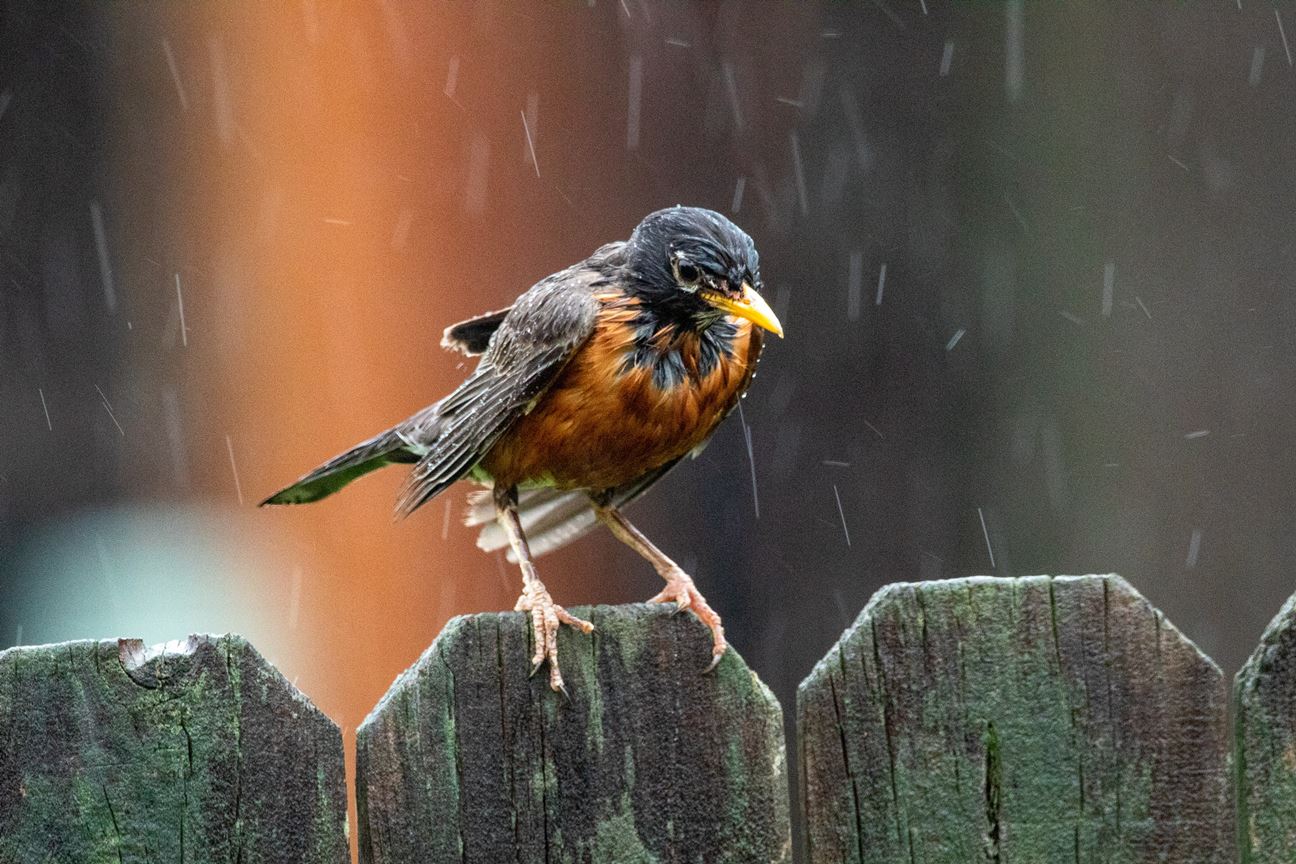
They are probably the most accurate weather predictors amongst the lot. A change in bird behaviour can be (an almost) sure indicator of a change in weather. Usually, when you see birds flying high up in the air, be sure the weather is fair. But in the case of incoming rain, when the barometric pressure drops, birds fly to stay closer to the ground. This is because most birds have ears and metabolism that are sensitive to changes in air pressure. As seen before, a low-frequency sound is generated when a storm is approaching. These low-frequency sound waves, called infrasound, are detected by birds. Birds also tend to become surprisingly quiet when the storm hits. If you find birds singing again, be sure the storm is receding.
It turns out that creatures underwater are also sensitive to the changes in air pressure. A well-known saying goes, “Trout jump high, when a rain is nigh.” When there is an unusual movement happening in the water, it can be an indication of incoming rains. Some people also believe that the change in the air pressure also releases tiny macro-invertebrate that live along the sea and river beds thus sending fish into a feeding frenzy.
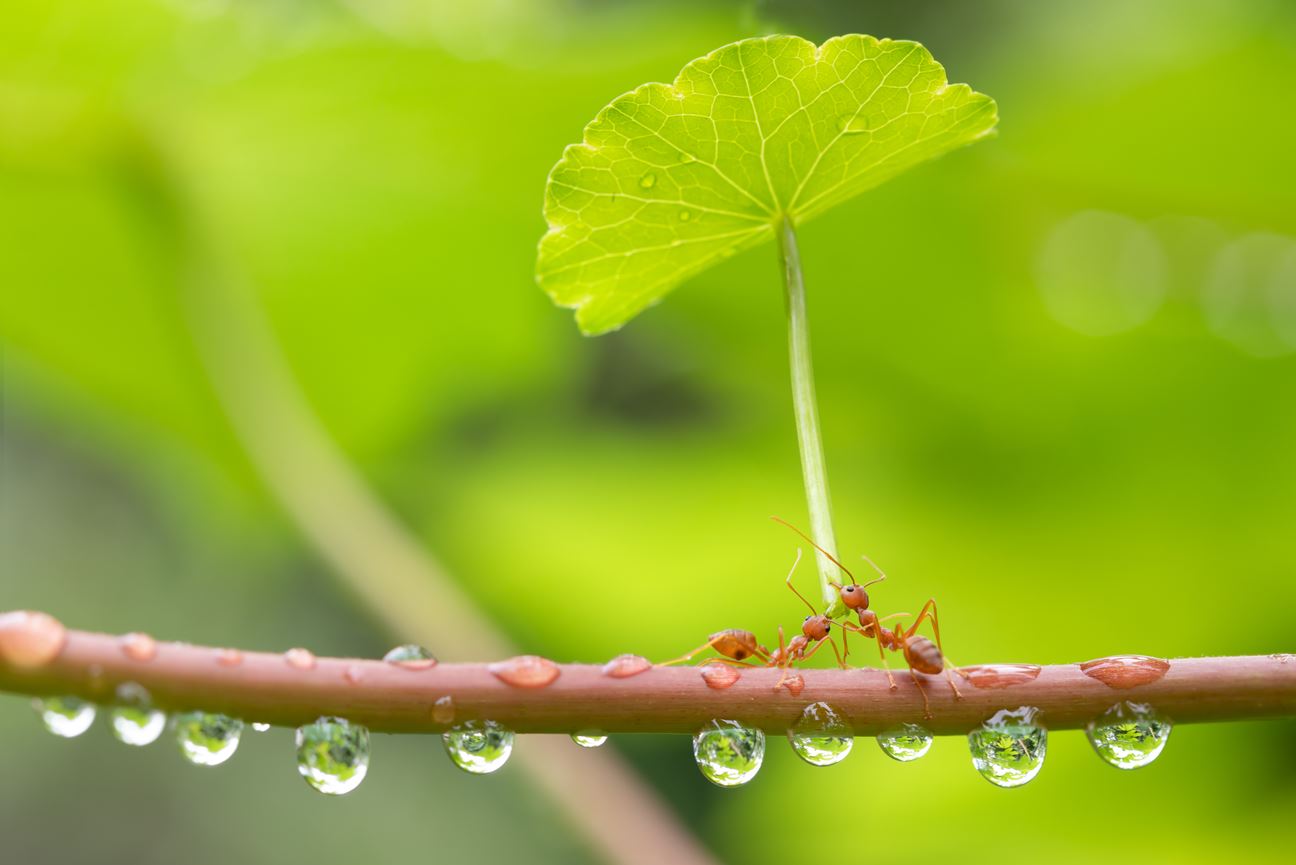
It is often said that an ant’s conduct is an indicator of impending rain. However, there is no scientific evidence to this myth. And given the whopping number of ant species on this planet (approximately 13000 to be precise), it is almost impossible to debunk this mystery. But they say ants know when the floods are coming. How is that possible? It is because people have observed that ants suddenly change their behaviour in direct response to weather changes. An ant’s exoskeleton has many tiny holes, called spiracles, that help them breathe in and out. But did you know that spiracles also detect changes in atmospheric pressure? Typically, when it is about to pour, the air pressure drops, which acts as an indicator of ants. When this happens, they are known to ‘move inside their nests.’ If you even notice ant lines getting bigger and broader, it probably means a storm is coming.
While many of us today may not entirely credit all these lovely animals as weather reporters, it's hard to ignore all these signs. More so because they are based on years of observation. We humans can and will learn so much from animals. So, the next time you see an animal making a getaway, make sure you head for a shelter!